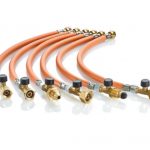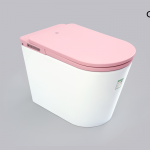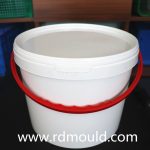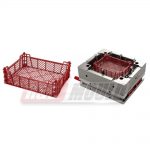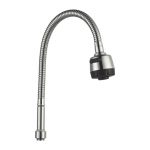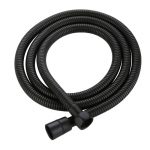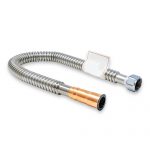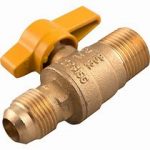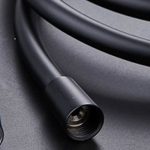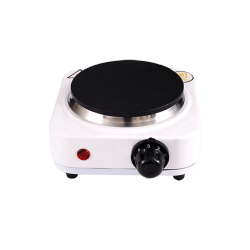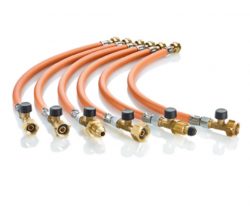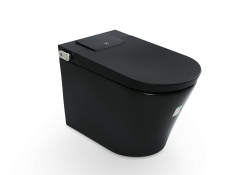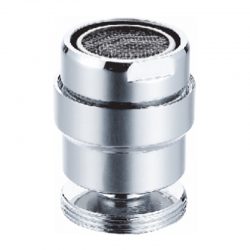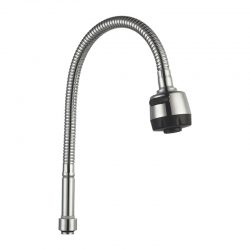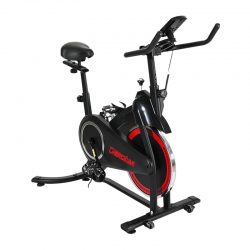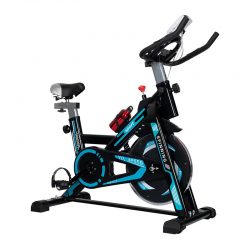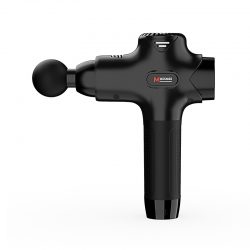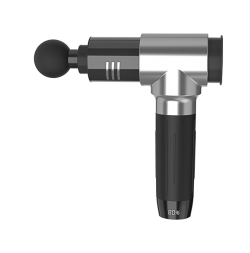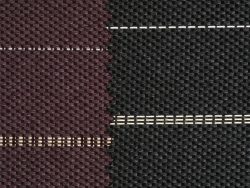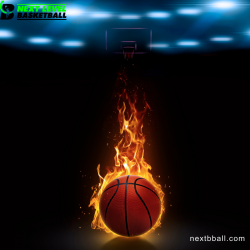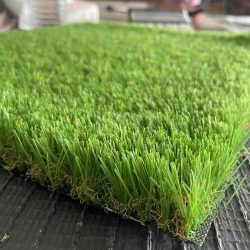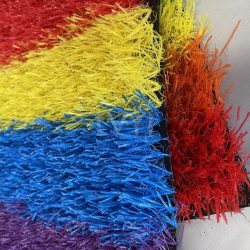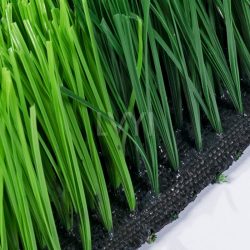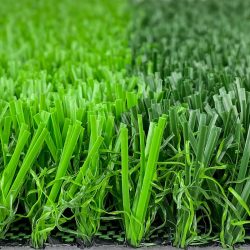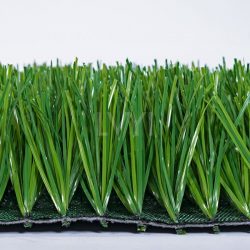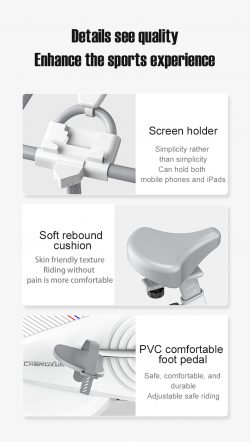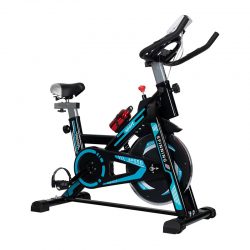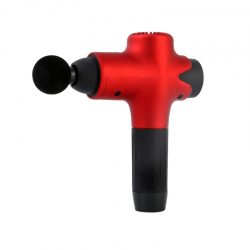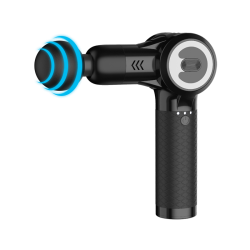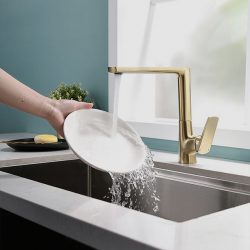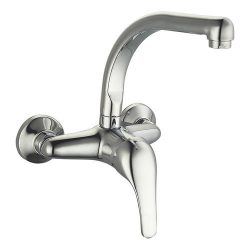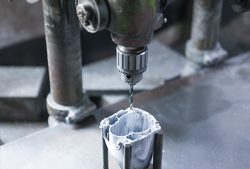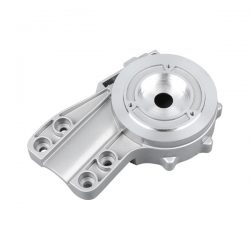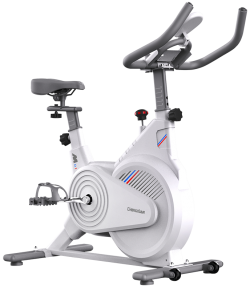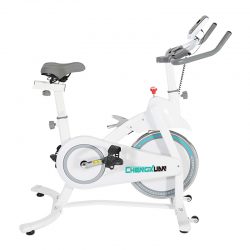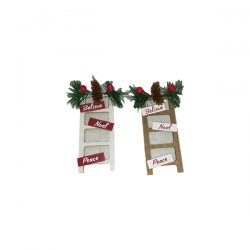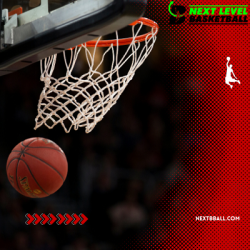Optimization of Corrugated Stainless Steel Hose Performance
To optimize the performance of a corrugated stainless steel hose, several factors must be considered during the design and manufacturing process. These include the material grade of the stainless steel, the shape and depth of the corrugations, and any additional reinforcements.
The type of stainless steel used in the hose construction affects its performance under different environmental conditions. For example, 304 stainless steel offers good corrosion resistance and is suitable for many general applications. However, in environments with higher corrosion potential, such as chemical processing plants or marine environments, 316 stainless steel may be used due to its outstanding resistance to corrosive elements.
The optimization of the corrugation shape and depth is vital for ensuring the hose meets the required specifications. For example, if a corrugated stainless steel hose is intended for use in a high-pressure system, the corrugation depth will be reduced to ensure that the hose can withstand the pressure. If flexibility is the priority, the corrugation depth will be increased to allow for greater movement without compromising the hose’s integrity.
In some applications, a single-layer corrugated stainless steel hose may not provide sufficient strength or pressure resistance. In such cases, additional layers of reinforcement, such as braided stainless steel, can be added to the hose. This external reinforcement improves the hose’s ability to handle higher pressures while maintaining its flexibility.
The choice of end fittings is another crucial factor in optimizing the performance of a corrugated stainless steel hose. The fittings must be compatible with the materials being transported and should be designed to withstand the pressure and temperature requirements of the system. The end fittings should also be chosen based on the hose’s flexibility needs, as certain types of fittings may restrict movement.




